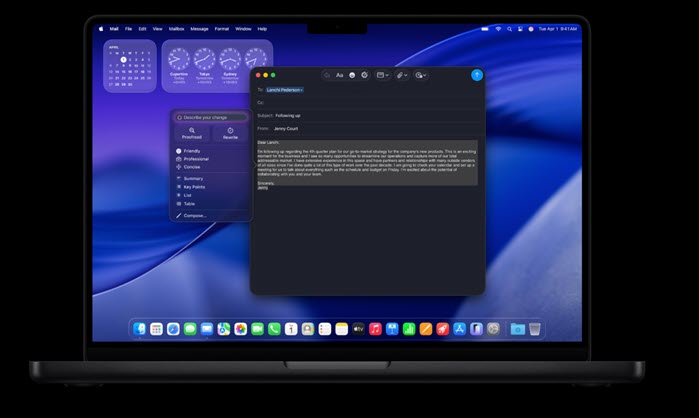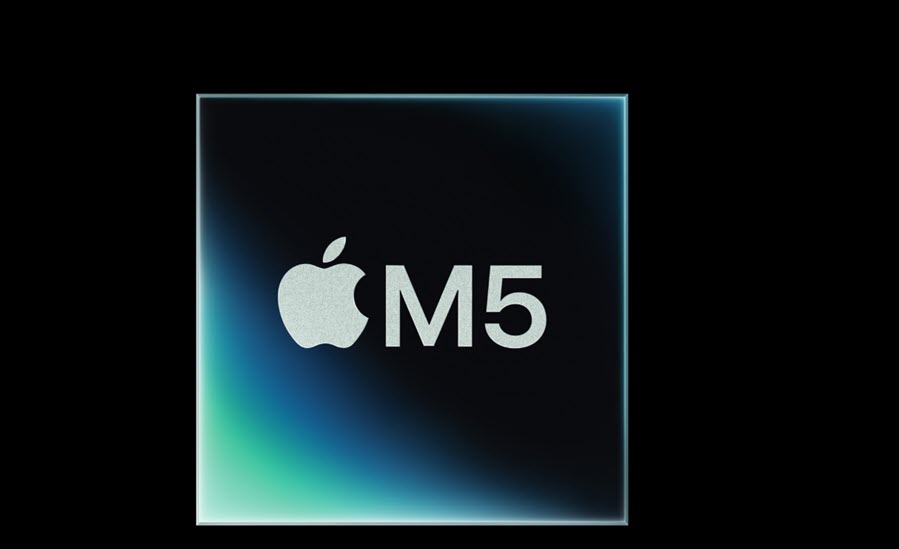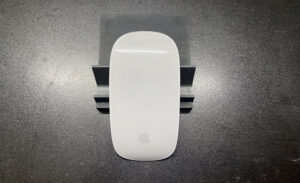Imagine reducing the time it takes to process high-resolution images from minutes to mere seconds. With the Apple M5 chip, powered by advanced AI capabilities, this innovative leap isn’t just a dream, it’s a reality that could transform how we interact with technology every day. As a tech enthusiast, I was eager to explore the Apple M5 chip’s performance capabilities and see if it truly delivers the groundbreaking performance it boasts.
Apple M5 chip performance capabilities
First off, let’s dive into the heart of Apple M5 chip performance capabilities i.e., its architectural design that sets it apart from the rest. The M5 features a Unified Memory Architecture (UMA), which represents a significant evolution in how data travels between the CPU, GPU, and Neural Engine. This seamless interaction reduces latency and increases bandwidth, making everything from complex computations to straightforward tasks run smoother and faster.
A central component of this architecture is the advanced Neural Engine, capable of processing at an astonishing 32 TOPs (Tera Operations Per Second). If you’re involved in machine learning, this means you’re stepping into an era where AI model training and inference are dramatically improved. Whether it’s natural language processing or image recognition, the M5 chip claims to make quick work of demanding tasks that traditionally drained both time and resources. The architectural innovations behind the M5 not only enhance performance but also streamline the entire workflow for developers and users alike.
2. Benchmark Performance
When it comes to performance, I turned to early benchmarks to see just how the M5 measures up against its predecessor, the M4 chip. The results were astonishing – an approximate 30–40% performance leap in AI-specific tasks, along with a power efficiency improvement of around 25%. For tech nerds like me, seeing real numbers behind claims is crucial in assessing a product.
Tests conducted on popular AI frameworks such as TensorFlow and PyTorch revealed that applications involving image processing experienced significant time reductions. For instance, early users reported cutting down processing times from minutes to mere seconds, thanks to the optimizations made possible by the M5 chip. This data is eye-opening and highlights the chip’s strengths in real-world applications, not just theoretical benchmarks.
3. Real-World Applications
When discussing the practical impact of the M5 chip, it excels in transformative applications like augmented reality (AR), image processing, and automated translations. As someone who often dabbles in content creation and image editing, the idea of near-instantaneous processing is incredibly appealing. Imagine applying filters or processing video snippets almost instantly! This boost isn’t just a luxury for tech-savvy developers. Creators from all walks of life stand to benefit significantly from the M5’s capabilities.
Moreover, industries such as healthcare, automotive, and entertainment may also find innovative applications for the chip’s enhanced processing power. Quick data analysis and real-time performance can lead to breakthroughs in areas like medical diagnostics and autonomous vehicles, where rapid decision-making is paramount.

4. Software and Ecosystem Integration
Apple has also placed significant emphasis on its software ecosystem to work hand-in-hand with the M5. The company has rolled out new developer tools like Core ML and Create ML, designed to be inherently compatible with the M5’s architecture. The promise here is that integrating machine learning capabilities into applications has never been easier.
This ecosystem synergy means that features like smarter Siri interactions, enhanced photography capabilities, and even predictive text functionalities capitalize on the chip’s architecture. For developers, having this interconnectivity is vital. Implementing AI features can often be cumbersome when hardware and software are not seamlessly aligned. With Apple’s approach, it feels like they’re not just selling hardware; they’re offering a comprehensive experience designed around powerful AI applications.
5. Market Reception and Industry Impact
The M5 chip has garnered attention from reviewers and industry experts alike, most of whom agree that Apple’s forward-thinking design reaffirms its position in the AI landscape. By comparing the M5 against competing chipsets from NVIDIA and Intel, it becomes evident that Apple is effectively carving out its niche. The M5 emerges as a robust contender, particularly in mobile and consumer devices that prioritize power efficiency and seamless integration.
Furthermore, analysts are eagerly watching how the M5 will adapt as more industries look to integrate AI into their daily operations. The consensus is growing that the M5 chip signifies a substantial leap forward, setting new standards for performance efficiency and redefining what users can expect from their devices.
6. Comparison with Competitors
When benchmarking the M5 against competitors like the NVIDIA GeForce RTX series and Intel’s Xe graphics line, it becomes clear that Apple is aiming to stake its claim in AI-driven applications. The M5 excels particularly in mobile contexts, where lightweight, efficient processing is crucial. While NVIDIA continues to set the bar for high-performance graphics, ideal for gamers and advanced graphic processing, the M5 differentiates itself with a keen focus on machine learning and seamless mobile integration.
However, it’s essential to acknowledge that if raw graphical power is your top priority especially for hardcore gaming or complex 3D rendering, NVIDIA’s capabilities currently reign supreme. The landscape is continuously evolving, and as AI applications spread across various sectors, the relevance of chipsets will adapt accordingly.
7. Conclusion
In summary, the Apple M5 chip stands out as a remarkable leap forward in AI performance, driven by innovative architectural designs and impressive benchmark results. It not only positions Apple as a leader in AI technology but also presents practical uses that have the potential to transform everyday tasks. Whether you’re a developer looking to enhance applications or a consumer wanting to streamline your interactions with devices, the M5 chip provides promising capabilities that harness AI like never before.
As we look toward the future, it’s clear that the implications of the M5 for broader technology applications are profound. I, for one, am excited to see how developers, industries, and consumers alike will leverage this game-changing chip. The M5 could very well turn out to be a pivotal innovation that redefines performance standards across a multitude of AI applications, leading to a technology landscape that is more integrated, efficient, and intelligent.







